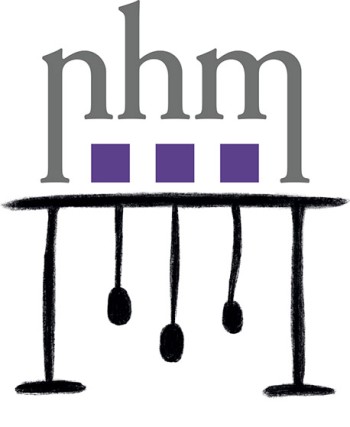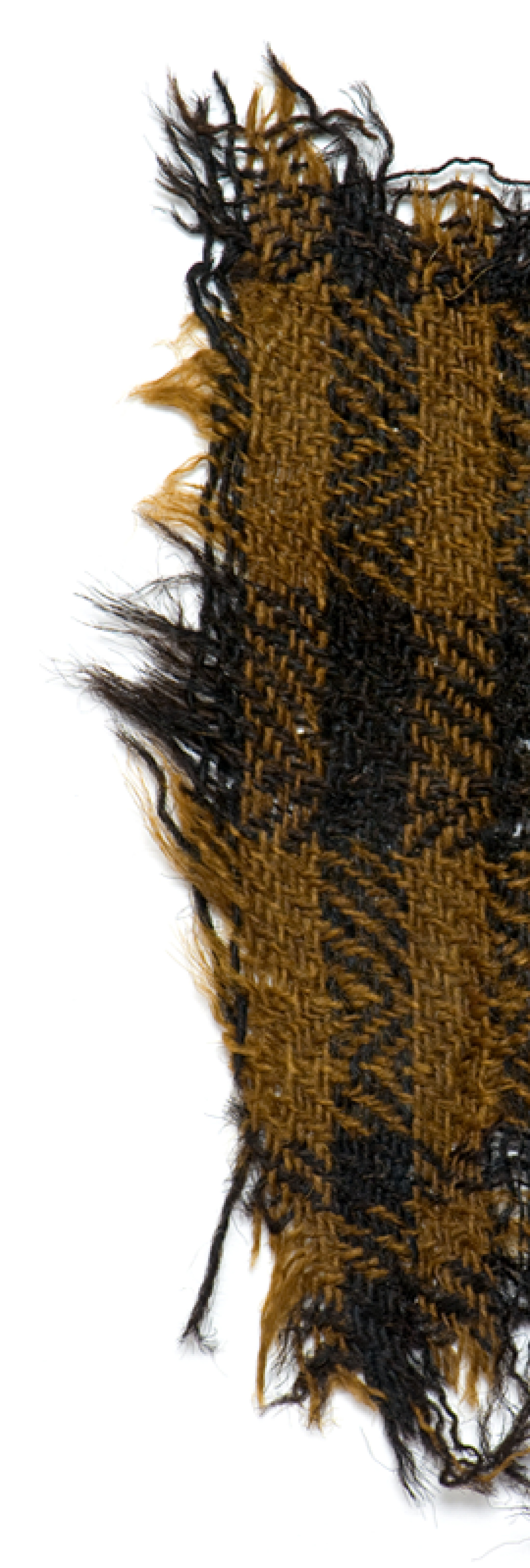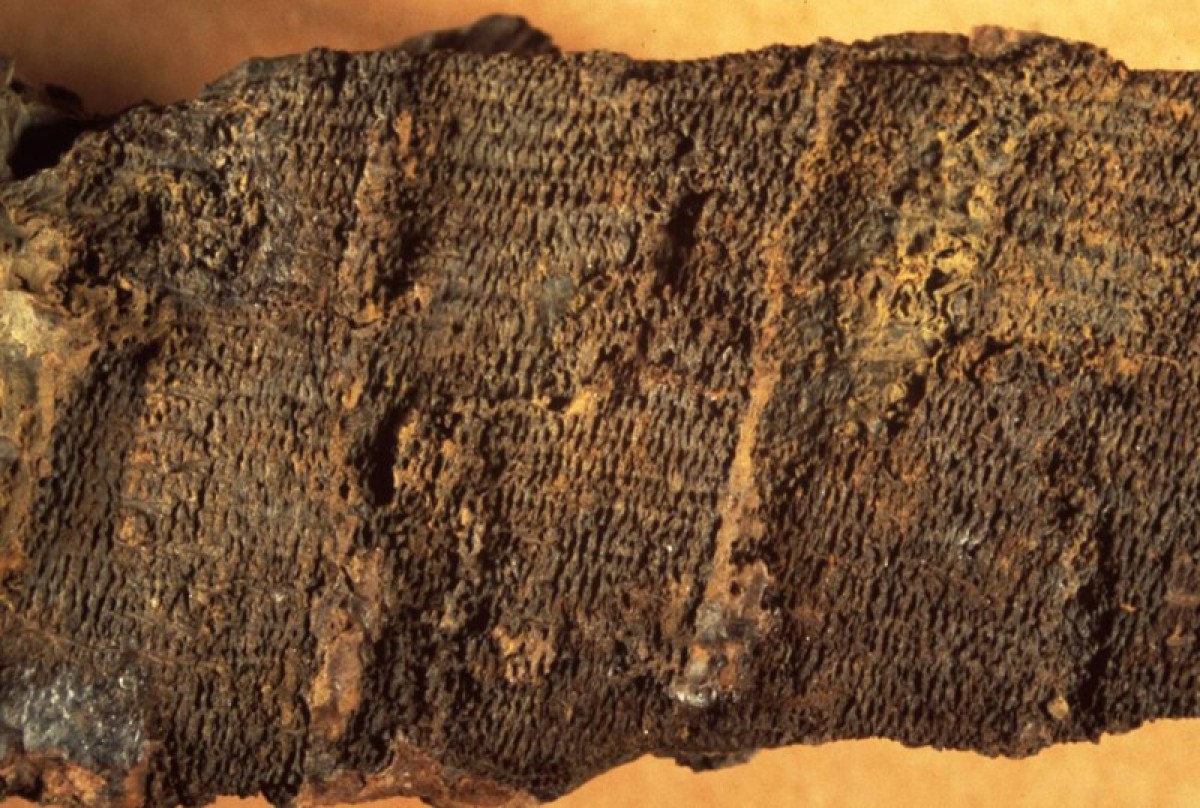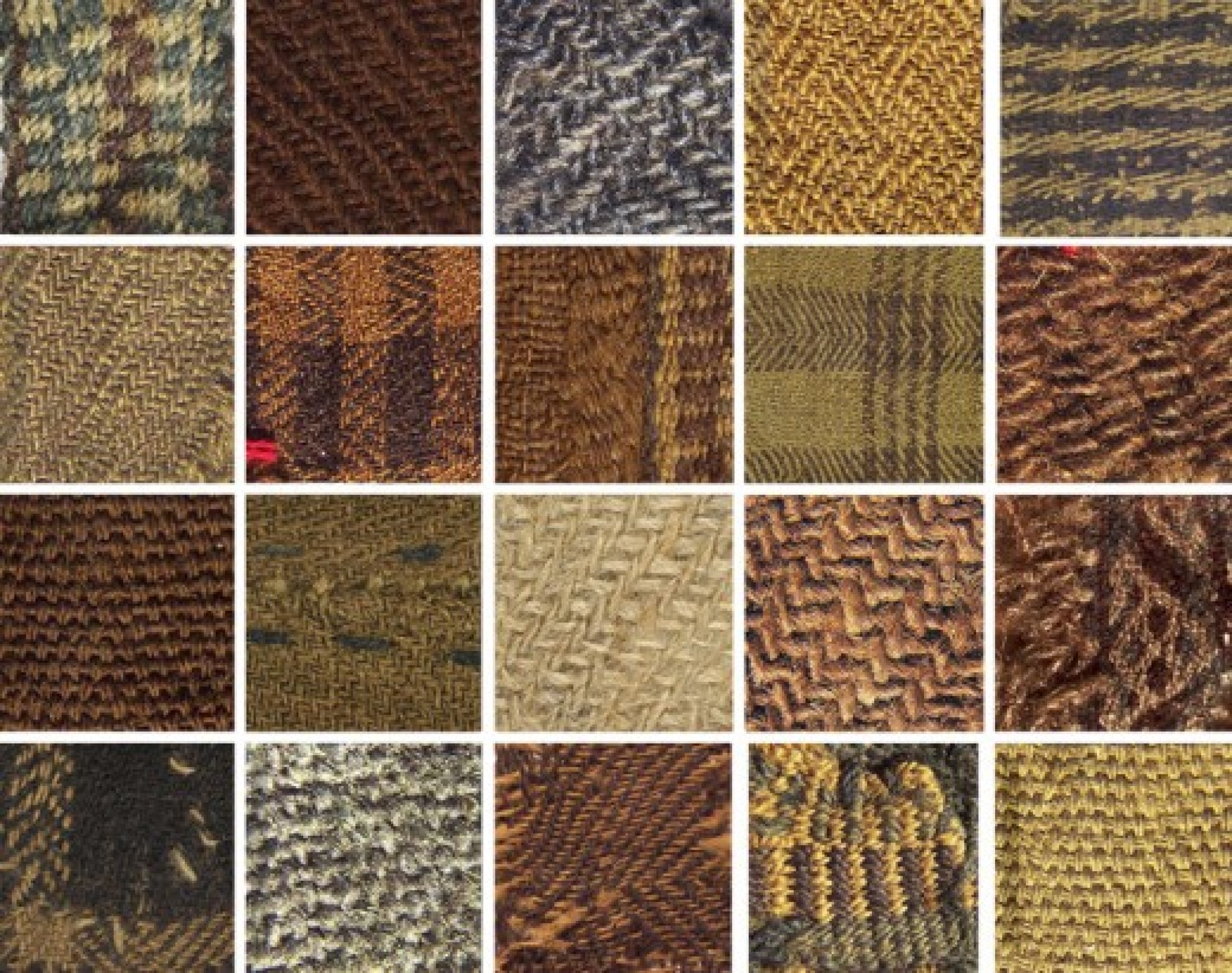Contact: Dr. Karina Grömer
Textiles are an important part of our material culture. They fulfil a wide range of functions. Handicraft techniques were
used not only to produce essential goods for everyday use – above all clothing – but also to produce commodities and decorative
objects, including luxury items. Making them required skill and the right raw materials. Indeed, such is the amount of time
and effort needed to produce handicrafts that many advances in textile technology have had a broad impact on not only the
economic but also social structures through into modern times.
It is rare to find well-preserved textiles, as items such as these only survive for long periods of time under special conditions.
Such conditions include, for example, conservation in ice (as was the case with "Ötzi the Iceman", the Neolithic mummy found
in a glacier), in moors and in salt (e.g. Hallstatt). Textiles can also be preserved by corroding metal objects. For example,
they are quite common in Iron Age and early medieval graves.
Ongoing textile research projects
- DFG-Projects and Project of the Gerda Henkel Stiftung on the Salt men from Iran (PI: Thomas Stöllner, Bergbaumuseum Bochum/Ruhruniversität Bochum; Abolfazl Aali, Zolfaghari Museum Zanjan): 2015-2020
- Textiles from the modern cemetery of St. Pölten/Domplatz Project run by the city museum and the city council of St. Pölten; project management: Ronald Risy): 2017-2020
- Analysis of textile equipment in the archives of the Natural History Museum Vienna (project of the Natural History Museum and the University of Vienna; project management: Ingrid Schierer, coordination: Karina
Grömer): 2018-2022
- Pigment analysis of Roman polychrome painting in Noricum and Pannonia (project of the Federal Office for Monument Protection and the Brunner Heimathaus Association; project management: Dr Robert
Krickl and Dr Eva Steigberger): 2019-2021
Completed textile research projects
- EU-Project CinBA - Creativity and Craft Production in Bronze Age Europe (PI: Joanna Sofaer, Universität Southampton, UK): 2010-2013
- FWF-Project HallTex FWF: Dyeing techniques of the prehistoric textiles from the salt mine of Hallstatt (PI: Regina Hofmann-de Keijzer, Universität für Angewandte Kunst, Institut für Kunst und Technologie/Archäometrie Wien):
2008-2011
- EU-Project DressID Clothing and Identitiy - New Perspectives on Roman Textiles (PI: Michael Tellenbach, Curt-Engelhorn-Stiftung für die Reiss Engelhorn-Museen Mannheim): 2007-2012
Textiles from Graves
Current research is also focusing on textile remains from archaeological excavations of Celtic and early medieval burial sites.
Though most of the original colours have been dyed over by metal corrosion, it is possible to collect basic information on
the quality of the fabrics and their structures. Patterns can also be detected if they show up in structure, spinning or floating
thread systems.
Grave textiles are particularly valuable because of what they tell us about the deceased person or the grave goods they were
found with. This gives them a context where they can be interpreted as fragments of clothing or as coverings of objects.
Textiles from Hallstatt
Thanks to the excellent conditions it offers for preserving organic materials, the Bronze and Iron Age salt mines in Hallstatt
provide a fascinating insight into the world 3000 years ago – an insight which few other archaeological sites are able to
offer . Around 700 fragments of fabric have been found in the salt mines, most of which are made of wool. A number of these
fragments are extremely delicate and of very high quality.
The fabrics date from the Iron Age and were made on a vertical loom. Techniques were not limited to the basic linen weave.
The most popular type of weaving pattern used in Hallstatt was the 2/2 weave pattern. Less common were the zigzag, herringbone
and Panama weave. The people living during the Hallstatt period appear to have liked coloured trimmings applied to the edges
of garments, as can be seen impressively in corded ribbons and tablet-woven accessories.
Even as early as the Bronze and Hallstatt period people would dye yarns or even finished fabrics various colours (blue, yellow,
green, etc.) In the Iron Age this is particularly visible in the striped and chequered patterns created using differently
coloured warp and weft threads.
Hallstatt has also revealed many examples of sewing work, indicating planned tailoring. The hems and seams were executed with
great skill, as demonstrated by one highly decorative seam in blue and white. There are also examples of where clothes have
been repaired, with more or less care, using in some cases very coarse threads. This patching-up work seems to have been done
ad hoc. Unfortunately, the textile remains found are too small to know what the items of clothing would have looked like.










